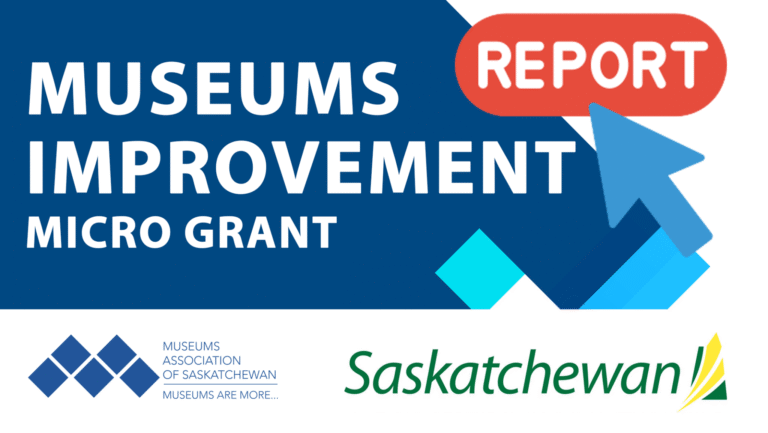
The MAS office will be closed for Christmas Holidays December 24th to January 4th.
Usual office hours will resume on January 5th, 2026
By Kathleen Watkin
MAS Museum Advisor
As we are all well aware, each Museum has its own unique history, culture and mission and therefore its own views regarding advocacy. Whether your Board of Trustees are veteran advocates or newbies to the game, Advocacy must begin with an honest conversation in the boardroom; a conservation about the museum’s mission mandate, goals and visions for the future.
What follows is a guide to help your Board of Trustees to start a conservation on your organizations rights to advocate and help your museum to grow.
Step One: A Shared Vision for the Future
Your museum has chosen the Board to meet the specific needs and missions for the museum’s future. Part of this shared responsibly is to create a vision of what the world would look like if your vision is achieved. It is important that the Staff and Board Members ask themselves the following questions:
Step Two: The Museum in the Community
Your museum is not simply a building to hold a collection; it’s part of a larger environment and ecosystem in which it must operate within. Understanding your community’s ecosystem and how your museum fits into the larger community is an essential part of advocacy. Have your Staff and Board Members ask themselves the following questions:
Step Three: Identify the Opportunities and Threats
As all museums are well aware, change in the community, funding sources and changing policy and governance can both positively and/or negatively affect the museum’s ability to achieve its missions and goals. Identify and understanding the opportunities and threats affecting your museum is a key step to building an advocacy strategy and to ensure that your board is ready to help implement advocacy. Have your Staff and Board members answer the following questions:
Step 4: The Board Members’ Contributions
Each Board Member bring their own unique background, passions and influences to their board service that can be used to powerfully accelerate your museum’s advocacy strategies. Understanding your board’s network and spheres of influence can help you map how each board member can help. It is important that the staff and board members ask themselves the following questions:
Step 5: Make Advocacy a Part of Your Board’s culture
A true cultural changed happens when advocacy became integrated in the ways that the board thinks, makes decisions and measures its own success. Have your staff and board asked the following questions:
For more information about the role of Board Member’s as Museum Advocates see the American Alliance of Museums and BoardSource’s publication “Stand for Your Mission: A Discussion Guide for Museum Trustees.” http://www.aam-us.org/advocacy/stand-for-your-mission

Usual office hours will resume on January 5th, 2026

Just a reminder that the Final Report for the Museum Improvement Micro Grant for Community Museums is due December 5th! Your final report will require you to provide a brief

Thursday October 16, 202512:00pm CSTOnline via Zoom: https://us02web.zoom.us/j/86760471705?pwd=XjoSlWAP0TJZVYrprylmLqujOkVrk2.1 No registration required. The Museum Grant Program (MGP) provides operational funding to help foster strong, vibrant, community-based Saskatchewan museums that are valued